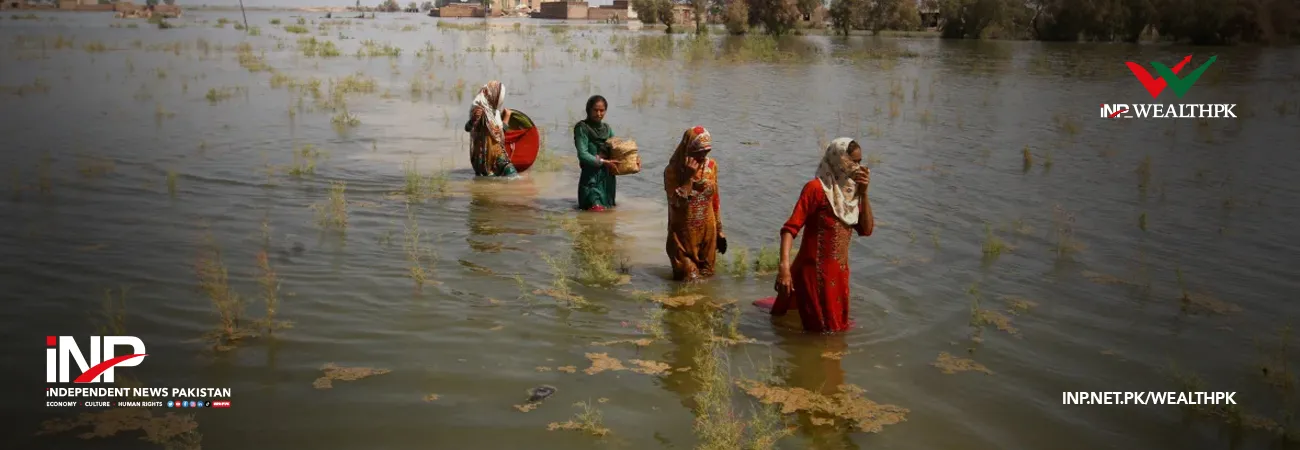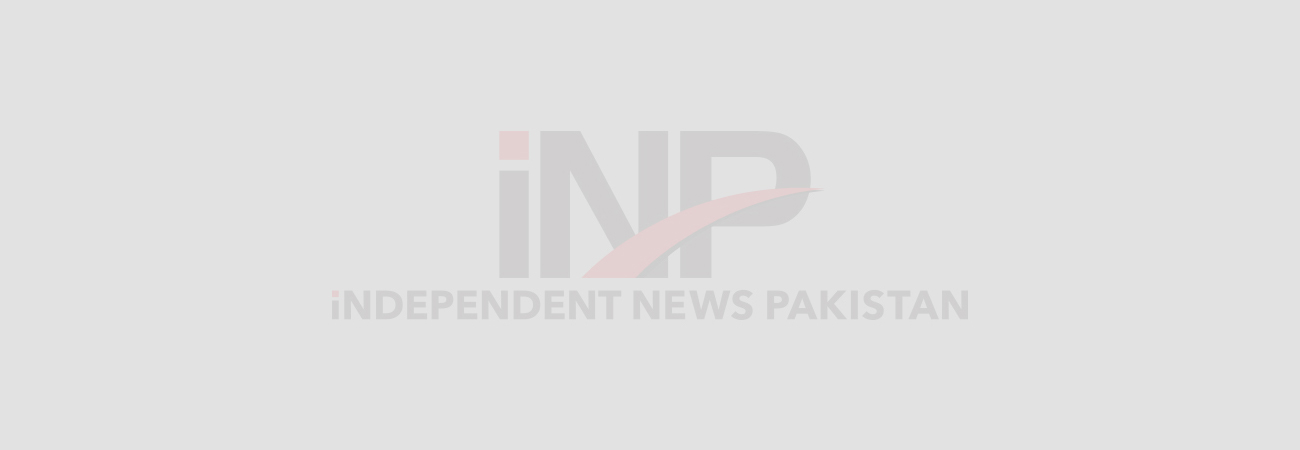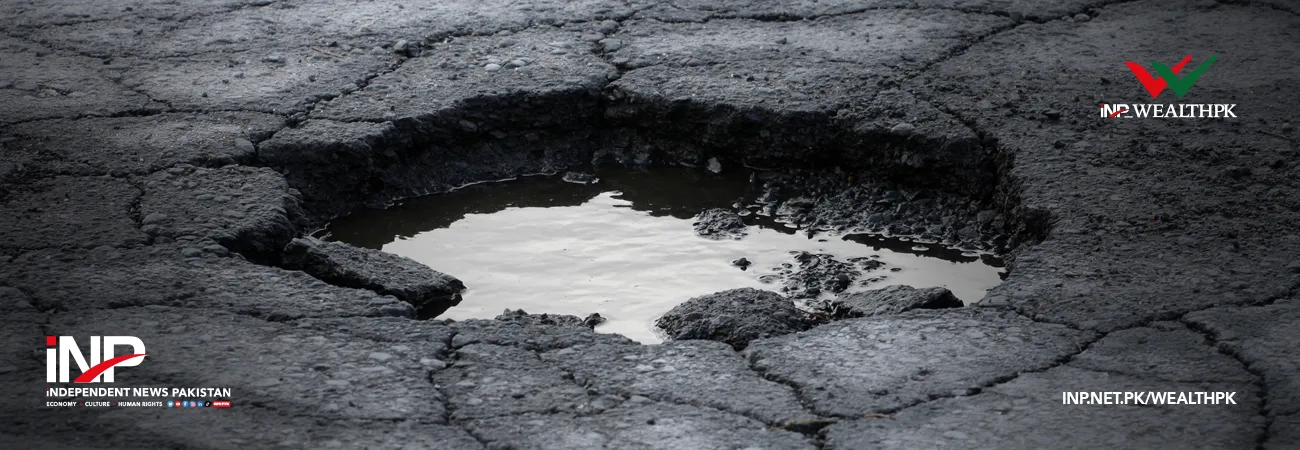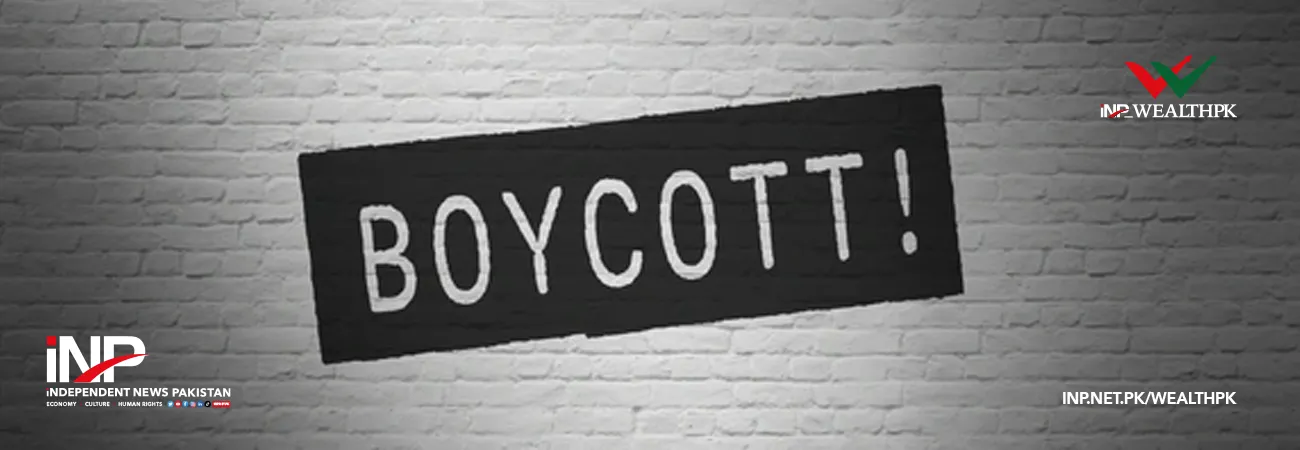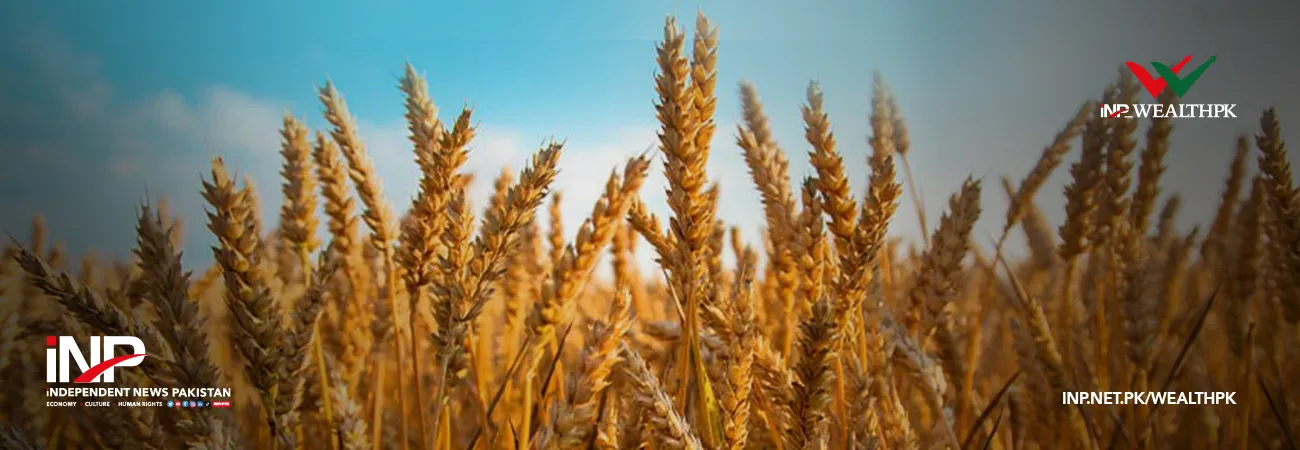INP-WealthPk
Abdul Ghani
Pakistan’s economy has shown resilience in the opening months of FY2026 despite widespread flood damage, with industry reviving, inflation moderating, fiscal discipline improving, and remittances providing strong support, according to the Monthly Economic Update & Outlook – September 2025 released by the Finance Division.
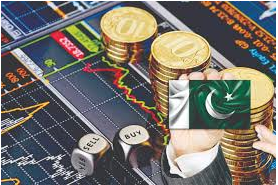
Large-Scale Manufacturing (LSM) rebounded in July 2025, growing 9 percent year-on-year. Out of 22 sectors, 16 recorded expansion, with automobiles leading the surge — car production rose 100.9 percent, trucks and buses 69.5 percent, and jeeps and pickups 50.1 percent. The cement sector also showed strength, with dispatches up 20.9 percent to 7.847 million tonnes, including a 51.3 percent jump in exports.
By contrast, the agriculture sector remained under stress from July floods that damaged Kharif crops and livestock. Even so, agricultural credit disbursement rose 19.5 percent to Rs.404.2 billion in July–August, while imports of farm machinery increased 66.7 percent to $29.4 million. Fertilizer demand also stayed strong, with urea offtake up 12.4 percent and DAP up 8.7 percent compared to last year.
Inflation moderated to one of its lowest levels in recent years. CPI averaged 3.5 percent in July–August FY2026, down from 10.4 percent in the same period last year. In August alone, CPI stood at 3 percent compared to 9.6 percent a year earlier. The decline was led by a 21.6 percent drop in perishable food prices. However, education costs (up 10.9 percent) and health (10.6 percent) remained stubbornly high, underlining uneven pressures within the inflation basket.
Fiscal indicators improved significantly. In FY2025, Pakistan recorded an eight-year low fiscal deficit and a 24-year high primary surplus. This trend carried into July FY2026, with net federal revenues rising 7.7 percent to Rs.440 billion and FBR collections up 14.1 percent to Rs.1,661.5 billion in July–August.
Non-tax revenues increased 23.9 percent, driven by petroleum levy and dividends. Despite expenditures rising nearly 29 percent to Rs.990.1 billion in July, the fiscal deficit was contained at 0.2 percent of GDP. The primary surplus doubled to Rs.228.9 billion from Rs.107.1 billion last year. Exports rose 10.2 percent to $5.3 billion in July–August FY2026, led by knitwear (16.9%), bedwear (12%), and garments (10.6%). Service exports also increased 11.5 percent to $1.4 billion. IT exports posted strong growth, rising 18.3 percent to $691.7 million.
However, imports grew 8.8 percent to $10.4 billion, mainly due to petroleum products (up 17.8%) and palm oil (up 29.1%). Petroleum crude imports declined 6.1 percent, partially offsetting the surge. The trade deficit widened to $5.1 billion from $4.8 billion last year, while the current account deficit rose to $624 million. Remittances increased 7 percent to $6.4 billion in the first two months of FY2026, with Saudi Arabia contributing 24.6 percent and the UAE 20.6 percent. These inflows remain a key cushion for the external account.
Foreign direct investment reached $364.3 million, dominated by the power sector ($156.9 million) and financial services ($110.2 million). Portfolio investment, however, posted net outflows, leaving overall foreign investment in negative territory. The Monetary Policy Committee kept the policy rate unchanged at 11 percent in September, citing moderating inflation but cautioning over flood-related risks. Money supply contracted by 2.3 percent in July–August, while the government retired Rs.2.3 trillion in budgetary borrowing compared to net borrowing last year.
The Pakistan Stock Exchange surged during August, with the KSE-100 Index climbing 9,227 points to close at 148,617. By late September, it had risen further to 162,257, while market capitalization reached Rs.19.04 trillion ($67.7 billion). The report noted a slowdown in emigration, with worker registrations for overseas jobs declining 18.7 percent in August compared to July.
At the same time, domestic social programs expanded. The Pakistan Poverty Alleviation Fund disbursed Rs.899 million in 17,583 interest-free loans during August, bringing total disbursements since 2019 to Rs.120.3 billion. Meanwhile, the Benazir Income Support Programme signed an MoU to train 3,000 beneficiaries in market-relevant trades to enhance employability. Fitch Ratings projected global growth at 2.4 percent for 2025.
Emerging markets are catching up with developed economies, while commodity prices showed mixed trends in August — oil and natural gas declined, but fertilizers and precious metals edged higher. The Finance Division cautioned that while Pakistan’s economy is showing resilience, risks remain from continued flood disruptions, reliance on imported oil and edible oils, and global financial uncertainties.
The Monthly Economic Update & Outlook – September 2025 concludes that Pakistan’s economy has remained broadly stable despite major shocks. Industrial recovery, fiscal consolidation, rising remittances, and moderating inflation are supporting the outlook, while external pressures and climate risks remain the key challenges. The report projects inflation to stay within the 3.5–4.5 percent range in September and expects supportive trends in industry, external inflows, and fiscal management to underpin growth going forward.
Credit: INP-WealthPk



